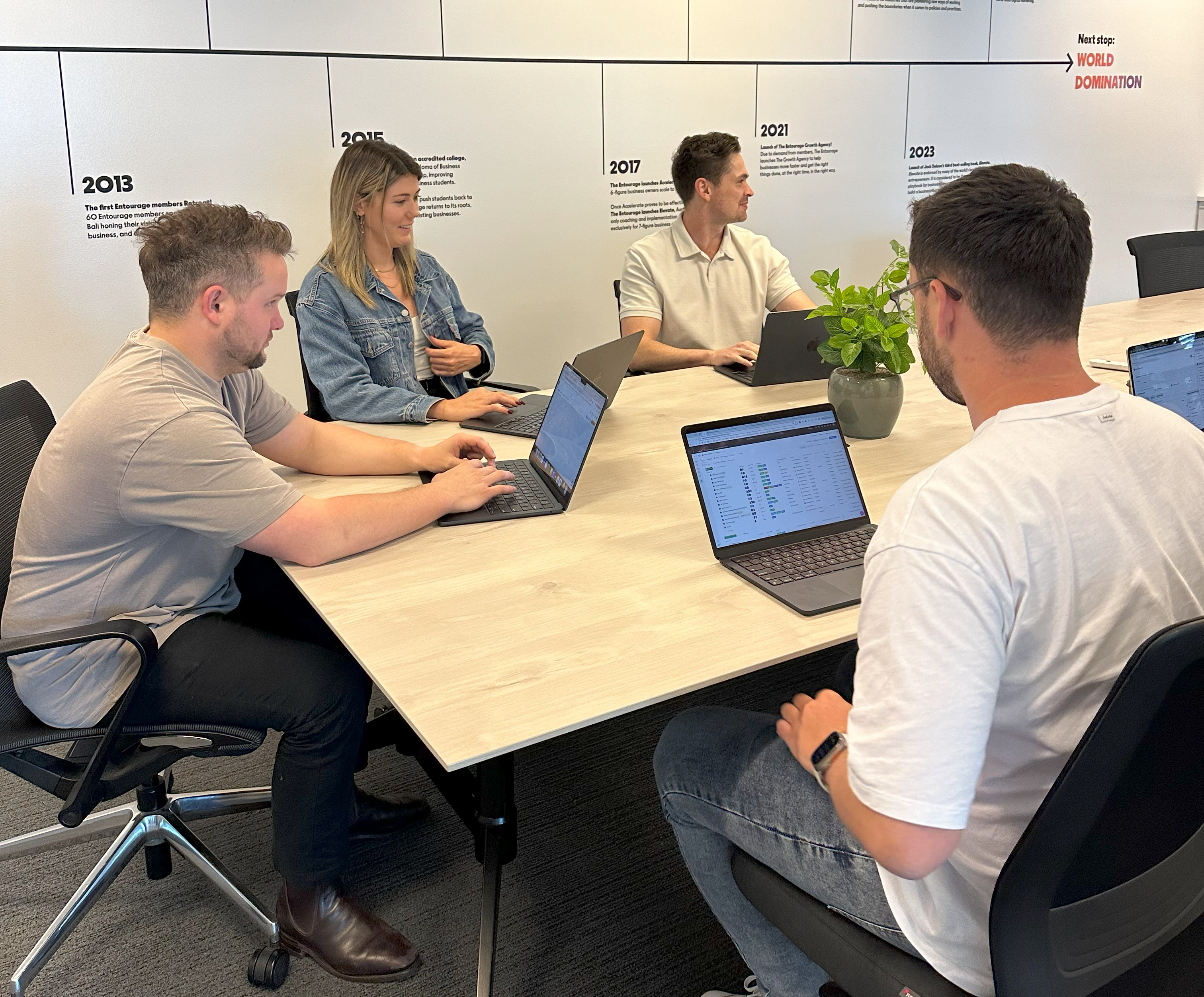Having a strong online presence is a non-negotiable part of doing business. Websites serve as virtual storefronts, customer service portals, and content hubs, but what happens when a segment of your audience can't access your site effectively? For individuals with disabilities, web accessibility isn’t just about convenience; it’s about equal access. And for businesses, failing to meet accessibility standards can lead to lost revenue, damaged reputation, and even legal action.
Ignoring web accessibility means shutting out a significant portion of users, an estimated 15% of the global population lives with some form of disability. That includes people with vision impairments, hearing loss, mobility challenges, and cognitive conditions. Ensuring your website is accessible supports inclusivity and protects your business from growing legal and financial risks.
Legal and Financial Ramifications
The Americans with Disabilities Act (ADA) and similar regulations around the world now consider websites part of public accommodation. This means businesses are legally required to ensure their digital platforms are usable by everyone. As a result, most ADA compliance consulting firms have seen a surge in demand from companies realizing that inaccessibility is not just bad PR, it’s a liability. Over the last decade, lawsuits related to inaccessible websites have skyrocketed.
These legal actions are not limited to big corporations; small and medium-sized businesses are just as vulnerable. Settlements and court rulings can cost thousands of dollars, not to mention the additional expenses of fixing the site afterward. More importantly, the damage to brand trust can be far more difficult to recover from than financial losses.
Being proactive by investing in audits, accessible design, and periodic updates helps prevent litigation. These steps demonstrate a business’s commitment to inclusivity, which resonates with customers and stakeholders alike.
Loss of Market Share and Customer Loyalty
From a competitive standpoint, ignoring accessibility can drive potential customers straight into the arms of your competitors. If a visually impaired user can’t navigate your site with a screen reader, or if video content lacks captions for those who are hard of hearing, your website becomes a barrier rather than a resource.
Web accessibility affects SEO performance. Search engines favor sites that provide clear navigation, text alternatives for images, and responsive design, all of which are key accessibility features. In essence, designing for accessibility improves usability for everyone and enhances your site’s visibility and reach.
Customer loyalty is built on trust, respect, and the feeling of being understood. By prioritizing accessibility, businesses show that they value all users, including those with disabilities. This inclusive approach often results in higher engagement, more conversions, and long-term brand affinity.
Operational Inefficiencies and Reputation Management Challenges
Another often overlooked risk is the strain on internal resources when accessibility is not part of the original website design. Retroactively fixing errors after a public complaint or lawsuit can take more time, effort, and money than building accessibility into the process from the start. Developers may need to overhaul layouts, rewrite code, or replace entire plugins or media formats to meet compliance.
When accessibility is treated as an afterthought, customer service departments may face increased volumes of complaints and support requests. For example, users might struggle with a confusing navigation menu, improperly labeled forms, or inaccessible shopping carts. These frustrations lead to abandoned sessions, missed sales, and negative reviews.
Managing a damaged reputation online is a costly and time-consuming process. With the speed of social media, word of a poor digital experience can spread quickly. Investing in web accessibility upfront can help maintain your brand’s reputation as responsive, inclusive, and forward-thinking.
Building a Culture of Inclusivity and Long-Term Business Health
Businesses that embrace accessibility as part of their core values often see broader benefits. Internally, it fosters a culture of empathy and innovation. Externally, it opens up new partnerships, collaborations, and customer bases. Government contracts and partnerships with larger corporations may even require digital accessibility as a condition of doing business.
Incorporating accessibility principles aligns with broader ESG (Environmental, Social, and Governance) goals, in the "social" component. Consumers, mostly the younger demographics, are increasingly concerned with the values behind the companies they support. Demonstrating social responsibility through accessible web design is one way to attract and retain values-driven customers.
Adopting accessibility supports long-term scalability. As your website grows and new content or features are added, having a framework based on inclusive design ensures consistent quality and compliance. This minimizes the need for costly overhauls down the road and strengthens the foundation for future digital expansion.
Ignoring web accessibility requirements is more than a missed opportunity, it's a significant business risk. From legal consequences and lost market share to operational disruptions and reputational harm, the costs of noncompliance far outweigh the investment in accessible design. By prioritizing inclusivity and aligning with expert guidance, businesses can future-proof their digital presence, build stronger customer relationships, and promote a more equitable digital world for all.
Related Categories
Ryan Terrey
As Director of Marketing at The Entourage, Ryan Terrey is primarily focused on driving growth for companies through lead generation strategies. With a strong background in SEO/SEM, PPC and CRO from working in Sympli and InfoTrack, Ryan not only helps The Entourage brand grow and reach our target audience through campaigns that are creative, insightful and analytically driven, but also that of our 6, 7 and 8 figure members' audiences too.





